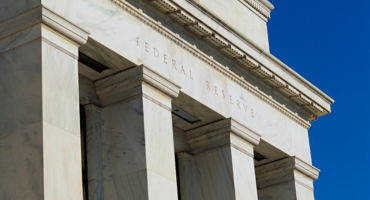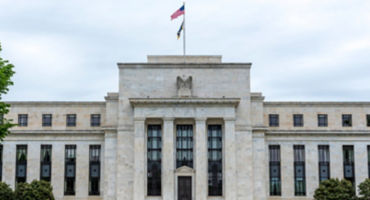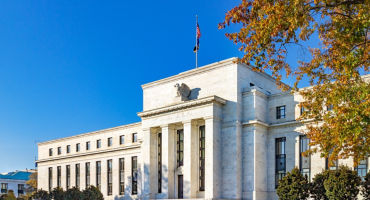As the Federal Reserve (Fed) recalibrates rates to balance price stability and economic growth over time, markets naturally react. While investors have been eager for the arrival of rate cuts to juice their portfolio returns, the context of the cuts matters. The economic backdrop sets the stage for what plays out in the markets from the Fed’s opening act and performance is not guaranteed.
Most often, cuts are initiated when growth has stalled. However, on the dawn of a new easing era, economic growth appears solid — the victory over inflation is the catalyst for rate cuts. Current worries about increasing recession risk are valid, but with GDP growing at 3% in the US, and with Q3 GDP tracking strong, we believe immediate concerns are overblown.
As a result, history can offer examples of rate cuts facilitating a soft landing. Such periods, such as 1995, were characterized by “mid-cycle adjustments” to policy rates, not weak growth and “late-cycle panic.” Should history rhyme, conviction of a soft-landing achievement should encourage believers to be cautious about big cycle bets or being too defensive; many more cuts are priced than is usual in a mid-cycle adjustment — driven by the rapid disinflation.



























